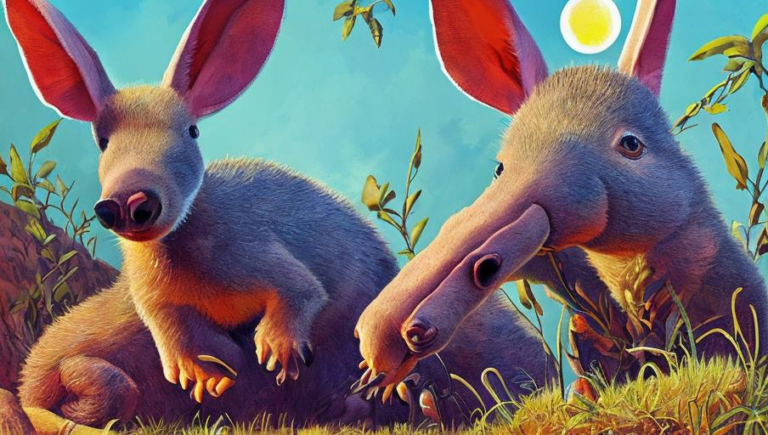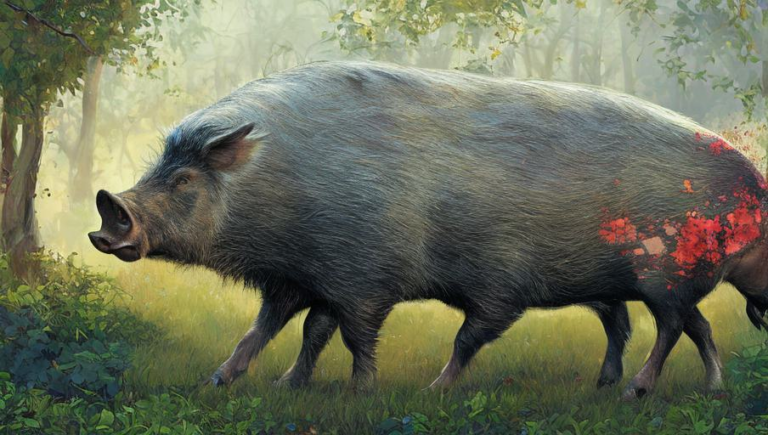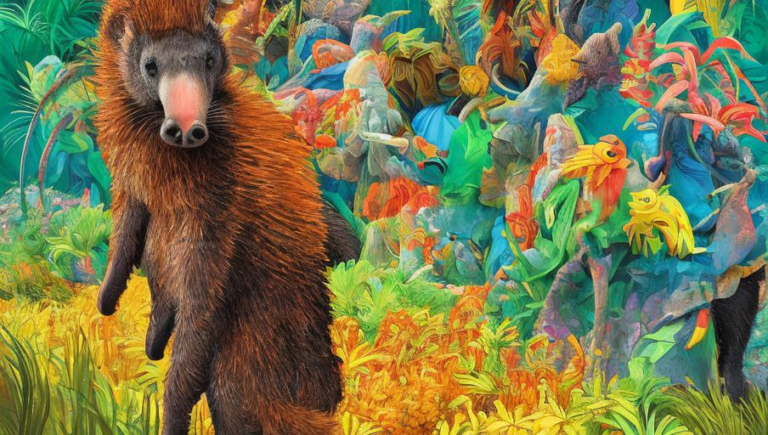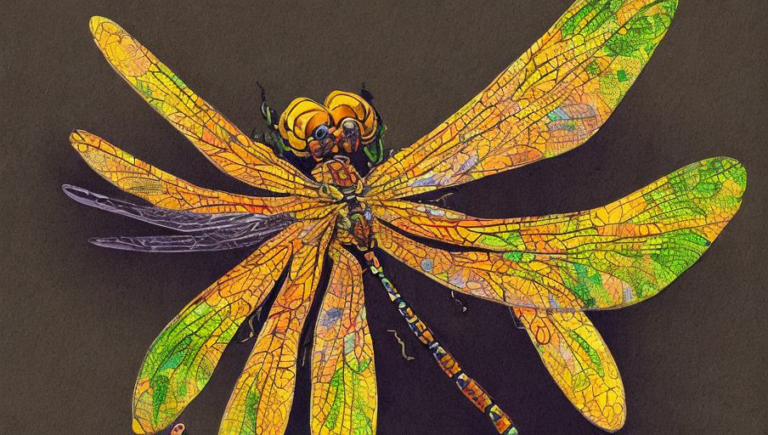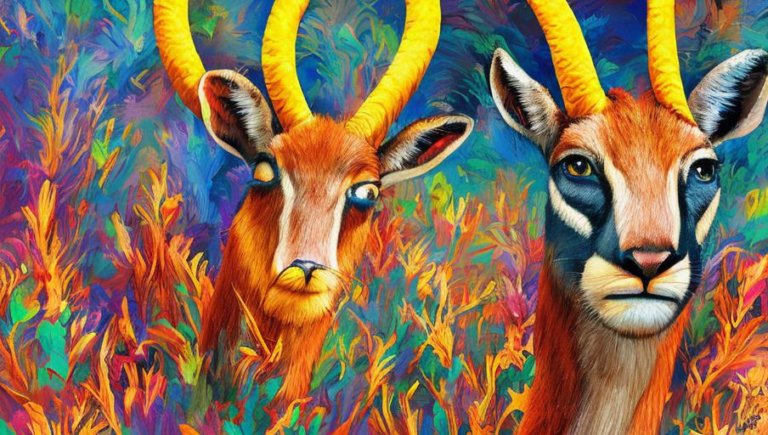Quirky Facts about the Butterfly

The Incredible Butterfly
Butterflies are some of the most beautiful, yet mysterious creatures on Earth. They come in a variety of colors and sizes, and have been admired by people for centuries. But, do you know all the quirky facts about the butterfly?
Butterfly Anatomy
Butterflies have a unique body structure, consisting of two large compound eyes, two antennae, and four wings. Each of their four wings is covered in tiny scales that vary in color, which helps with camouflaging. Additionally, butterflies have special organs that help them taste and smell their surroundings, and can even sense ultraviolet light. Their legs are lined with sensory receptors that allow them to detect changes in temperature and humidity.
Metamorphosis
Butterflies undergo a dramatic transformation, called metamorphosis, as they mature. They start out as caterpillars, and then enter a cocoon-like stage, known as a chrysalis. Within the chrysalis, their bodies undergo a complete transformation, until they emerge as a beautiful adult butterfly. This process can take anywhere from a few weeks to several months, depending on the species.
Migration
Some species of butterflies migrate in large numbers over long distances, sometimes even across the oceans. Monarch butterflies, for example, have been known to travel up to 3,000 miles in search of warmer climates. Scientists believe that the butterflies have an innate sense of direction, and can tell which way to go in order to reach their destination.
Diet
Adult butterflies feed primarily on nectar from flowers. They also have a long, tube-like tongue called a proboscis, which helps them to suck up the nectar. Caterpillars, on the other hand, feed on leaves and other plant matter. Some species of butterflies even have diets that include other insects, such as aphids.
Protection
Butterflies have many predators, including birds, bats, and other insects. To protect themselves, they rely on their bright colors and patterns to confuse predators and ward them off. Some species of butterflies even have chemical defenses that make them taste bad or even toxic to their predators.
Pollination
Butterflies play an important role in pollination. As they feed on nectar from flowers, they also help to spread pollen. This allows plants to reproduce, and helps to maintain a healthy balance in the environment.
Conclusion
Butterflies are incredible creatures with unique traits and behaviors. They are important pollinators, and play a vital role in maintaining ecosystems around the world. They also provide us with a unique opportunity to observe and appreciate their beauty and mystery.
